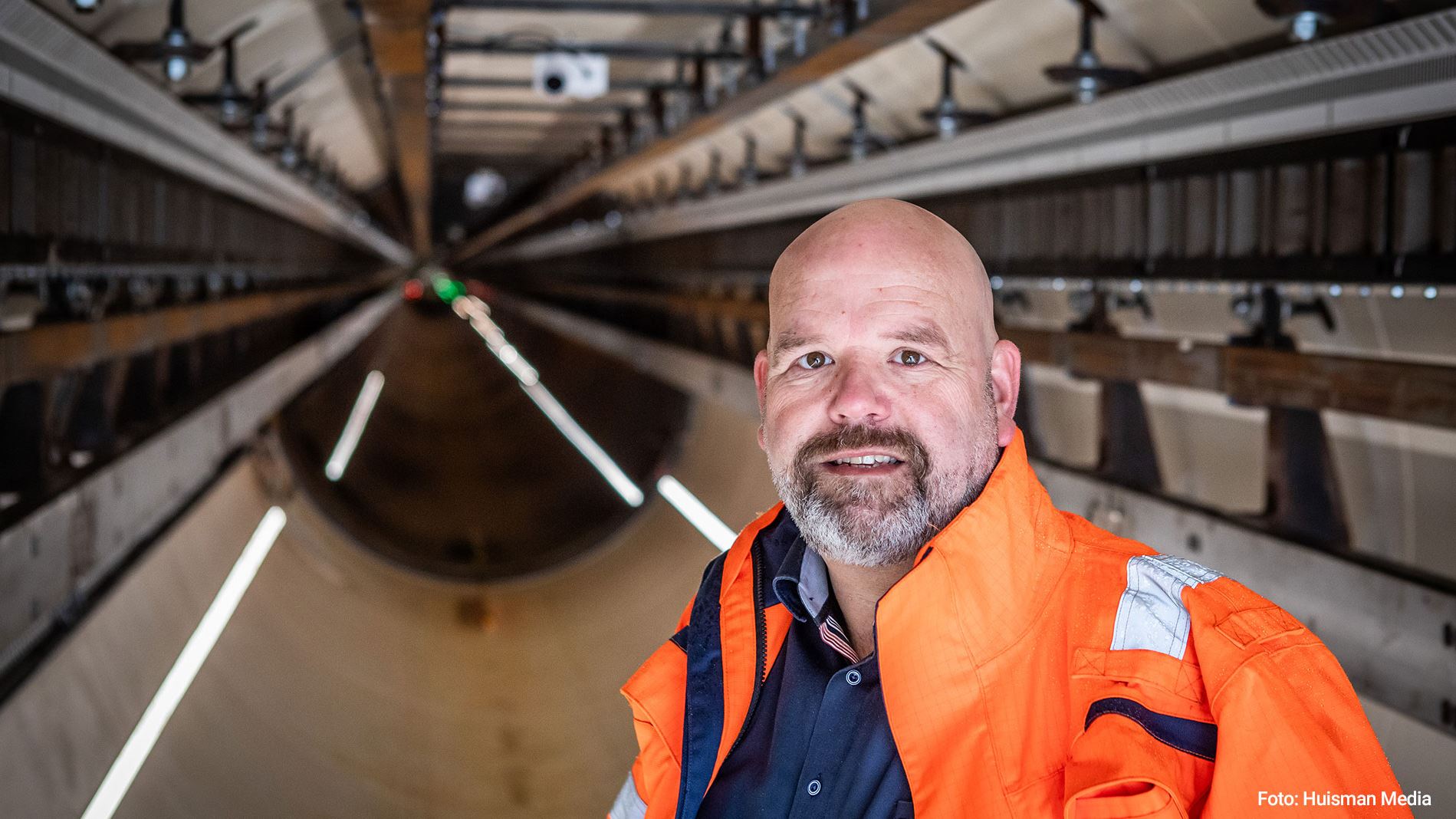The Hyperloop has become a reality in the new ‘European Hyperloop Centre’ in Veendam, the Netherlands. All the elements required to operate a Hyperloop are available here in test versions. Hyperloop developers from all over the world meet here to develop the Hyperloop further and maintain research and industry partnerships.
Open borders are one of the great features of Europe and have largely been taken for granted for the past 40 years. Nevertheless one still appreciates the feeling of going past deserted customs houses by car without being stopped, only to pick up speed again with a renewed sense of freedom.
During our short trip with GATEWAY Hyperloop Europe, we pass through the Bunde/Nieuweschans border crossing on the 75-kilometre journey from Emden in Lower Saxony to Veendam in the Netherlands, near the university town of Groningen. The European Hyperloop Centre (EHC) is located roughly halfway between Groningen and Papenburg, Germany. The EHC is situated in the Ems-Dollart-Region – an administrative union within the German-Dutch borderlands –, which provides the Hyperloop Centre an ideal, international environment.
Professors Walter Neu and Thomas Schüning, who work on the Hyperloop project at Emden/Leer University of Applied Sciences, accompany the GATEWAY reporter on the second stop of his journey to European Hyperloop locations. Read the first GATEWAY report from Emden here.
The EHC is open to all Hyperloop initiatives for testing
The professors from Emden are delighted to meet Kees Mark again. He is the newly appointed managing director of the European Hyperloop. The EHC’s test facility and knowledge centre in Veendam and Groningen operate according to the ‘open innovation’ principle. This invites Hyperloop developers from around the world to trial new technologies in a near-reality testing environment, or to collaborate with industrial partners.
When we arrive at the logistics centre in Veendam, we are greeted by a heavy downpour. We wait in the car until Mark, who introduces himself as Kees, arrives. The site itself is huge and located right next to a railway track. This much space is needed though to accommodate the 420-metre-long Hyperloop tube, which is made up of 34 sections in total, which each have a 2.5m diameter, and branch out at the end so as to act as a switch. It lies there imposingly, like a snake taking a nap, as long as no danger is imminent.
“I see a lot of steel here,” says the GATEWAY reporter, once the rain has stopped and our small group comes to a stand at the front end of the tube, where the operating and safety logistics and construction offices are located. “Yes, I am from the steel industry,” laughs Kees. “Gas pipes are also a form of transport.”
Continue reading the article on Gateway to Automotive.

